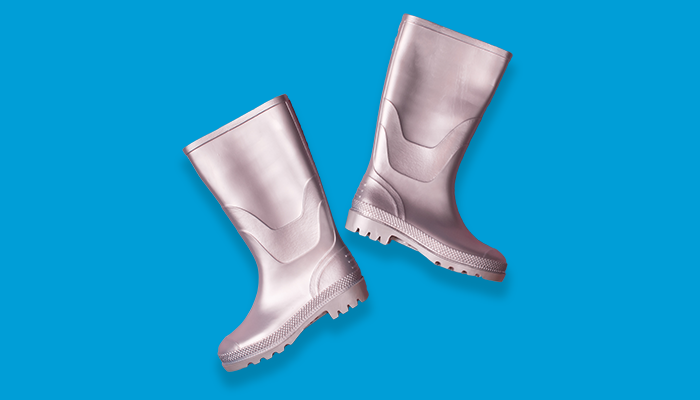Income vs growth

Some investments give you a steady income. Others grow over time. In the end, what you do with your money is up to you.
What you will learn
- The difference between income and growth
- Why it’s important to decide on the right approach
- How the path you take will guide your investments
Investing is all about making your money work harder for you. But at some point, you have to decide if you want your investments to turn into a steady income. Or if you can you just sit back and watch them grow.
Once you’ve made the call, you can see which types of investment suit you better, and for how long you should hold onto them.
What’s the difference between income and growth?
Investing for income means you want regular payments from your investment. This can take on many forms. It’s a good plan for people who are about to retire, but also helps those looking to top up their current income.
Investing for growth, on the other hand, means you’re looking to increase the amount that you’ve invested.
How to find a regular income
What you invest in will depend on your approach. If you’re investing for income, for example, you’ll be looking for investments that generate regular payments.
Monthly income funds often aim to provide 11 payments of a similar amount, adjusting the 12th to allow for the fund’s performance over the year.
That could mean receiving dividends from shares or an income-focused equity fund. You could also invest in equity fund, or investing in bonds that pay a fixed income over a specific period, a type of investment that is geared towards being stable and predictable.
Where to find growth
Growth investing,focuses on investments that have the potential to build on your original investment. By nature, they’re known for being riskier than income investments.
For example, growth-focused income funds may include shares in promising new companies. That’s because older ones don’t necessarily need to invest back in their business.
Having a clear view of your rinvestment goals helps you decide how you want to split your money between income and growth.
Risk notice
Any information provided should not be considered personal advice. Past performance is not a guide to future performance. You may not get back the full amount you invest. If you have any doubts about making your own investment decisions, seek financial advice.






















